order histories, retained contact details for faster checkout, review submissions, and special promotions.
Forgot password?
order histories, retained contact details for faster checkout, review submissions, and special promotions.
Locations
Orders Processing,
Shipping & Receiving,
Warehouse
2 Shaker Rd Suites
B001/B101
Shirley, MA 01464
Production Lab
Floor 6, Suite 620
20700 44th Avenue W
Lynnwood, WA 98036
Telephone Numbers
Tel: +1 (206) 374-1102
Fax: +1 (206) 577-4565
Contact Us
Additional Contact Details
order histories, retained contact details for faster checkout, review submissions, and special promotions.
Forgot password?
order histories, retained contact details for faster checkout, review submissions, and special promotions.
HAT1
histone acetyltransferase 1
Histone acetylation, particularly of histone H4, has been proposed to play an important role in replication-dependent nucleosome assembly. The HAT1 protein contains D, A, and B motifs, which are present in many N-acetyltransferases, including those that acetylate substrates other than histones. The HAT1 holoenzyme consists of 2 subunits: the catalytic 46-kD HAT1 and the accessory p46. The p46 subunit stimulated the activity of HAT1 and bound to core histones. The HAT1 holoenzyme acetylated newly synthesized but not nucleosomal histone H4 at lys5 and lys12, and, to a lesser extent, histone H2A at lys5. HAT1 and p46 polypeptides are located in the nucleus of S-phase cells.
| Gene Name: | histone acetyltransferase 1 |
| Synonyms: | HAT1, KAT1, Histone acetyltransferase 1 |
| Target Sequences: | NM_003642 NP_003633.1 O14929 |
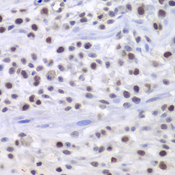
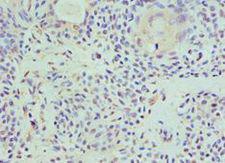
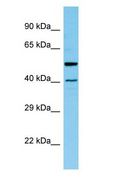
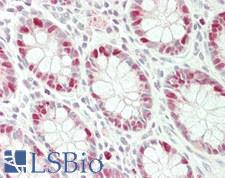
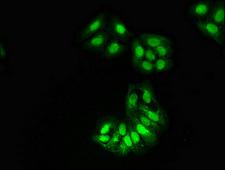
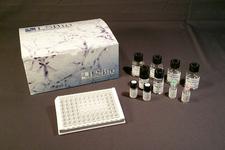
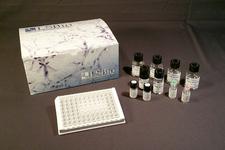
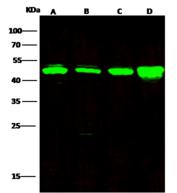
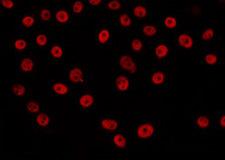


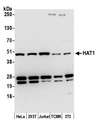
If you do not find the reagent or information you require, please contact Customer.Support@LSBio.com to inquire about additional products in development.










